Whats Up, Doc (1972 film)
7.8 /10 1 Votes
Language English | 7.8/10 IMDb Genre Comedy, Romance Duration Country United States | |||||||||||||||||||||||||||||||||
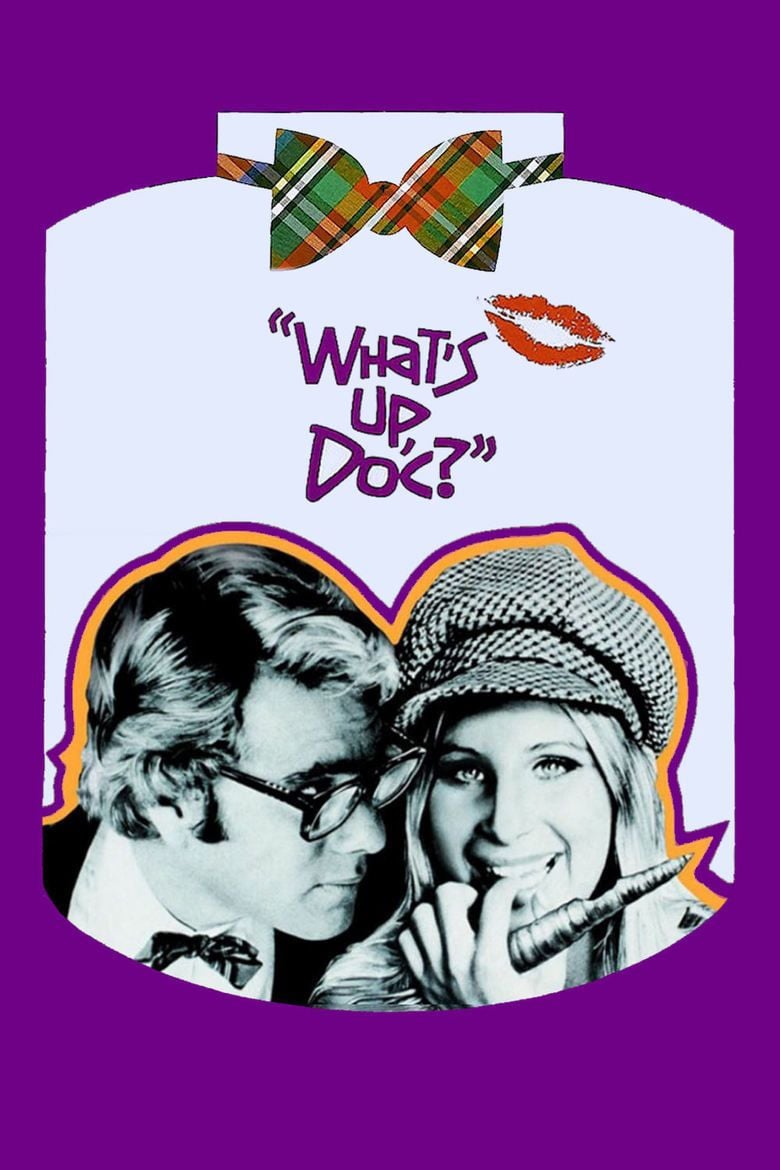 | ||||||||||||||||||||||||||||||||||
Release date March 10, 1972 (1972-03-10) Initial release March 9, 1972 (New York City) Cast (Judy Maxwell), Ryan O'Neal (Howard Bannister), (Eunice Burns), (Hugh Simon), (Frederick Larrabee), (Mr. Smith)Similar movies Ant-Man , 2012 , Cloverfield , Battle: Los Angeles , 28 Weeks Later , The Age of Adaline Tagline A screwball comedy. Remember them? | ||||||||||||||||||||||||||||||||||
Two researchers have come to San Francisco to compete for a research grant in music. The man seems a bit distracted, and that was before he met a strange woman who has devoted her life to confusing and embarrassing him. At the same time a woman has her jewels stolen and a government whistle blower arrives with his stolen top secret papers.
Contents
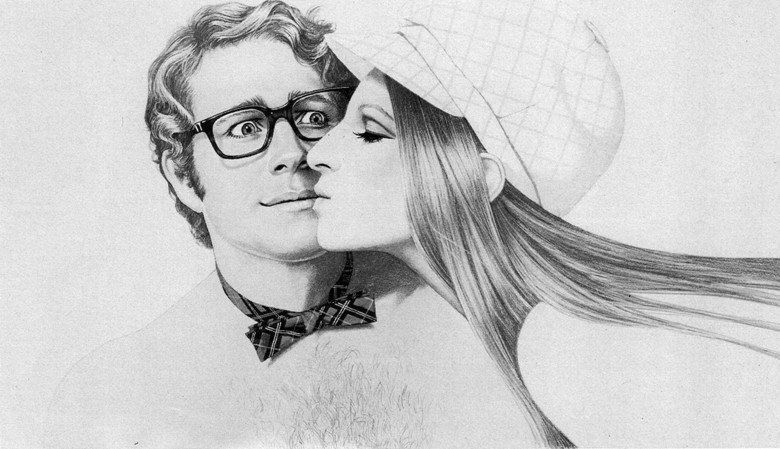
Whats Up, Doc? is a 1972 screwball comedy film released by Warner Bros., directed by Peter Bogdanovich and starring Barbra Streisand, Ryan ONeal, and Madeline Kahn in her first feature film role (for which she was nominated for a Golden Globe). It was intended to pay homage to comedy films of the 1930s, especially Bringing Up Baby, as well as old Bugs Bunny cartoons (another WB product).
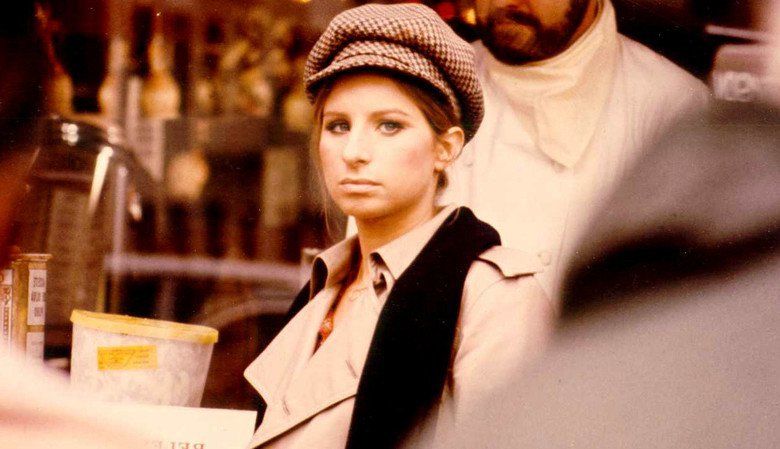
The film was a success, and became the third-highest grossing film of 1972. The film won the Writers Guild of America 1973 "Best Comedy Written Directly for the Screen" award for writers Buck Henry, David Newman and Robert Benton. It was ranked number 61 on the list of the 100 greatest comedies published by the American Film Institute, and ranked number 68 on 100 Years... 100 Passions.
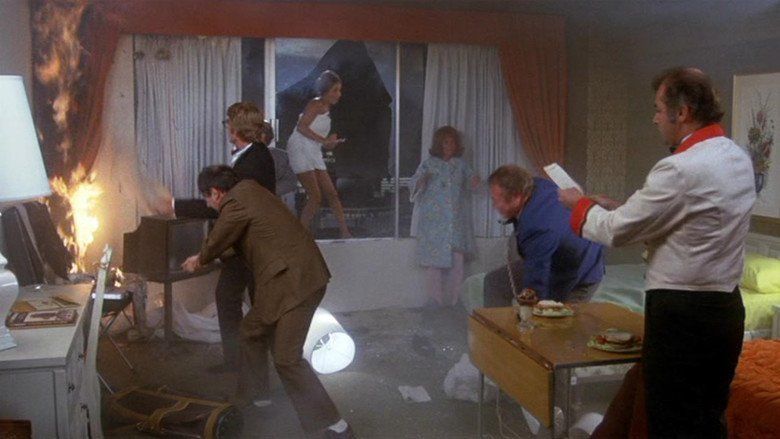
Two researchers have come to San Francisco to compete for a research grant in Music. One seems a bit distracted, and that was before he meets her. A strange woman seems to have devoted her life to confusing and embarrassing him. At the same time a woman has her jewels stolen and a government whistle blower arrives with his stolen top secret papers. All, of course have the same style and color overnight bag.
Synopsis
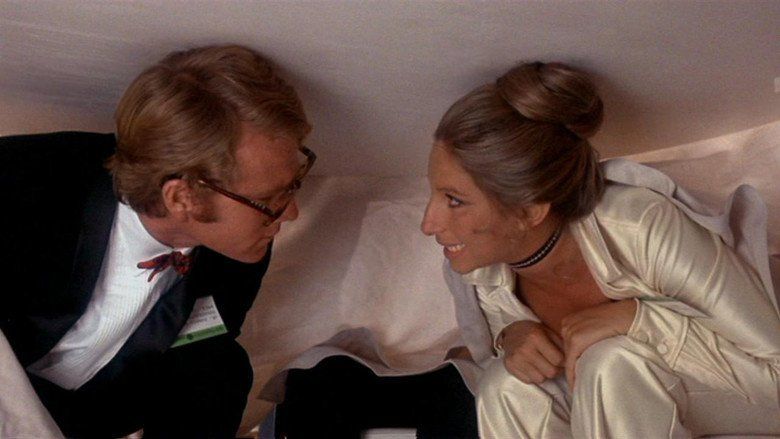
The story, which takes place in San Francisco, centers on four identical plaid overnight bags and the people who own them.
Howard, Eunice, Mrs. Van Hoskins, and Mr. Smith all happen to check into the Hotel Bristol at the same time, whereupon Judy lodges herself there without paying and begins pursuing Howard (to his bewilderment). Two hotel employees (Sorrell Booke and Stefan Gierasch) attempt to steal the jewels belonging to Mrs. Van Hoskins, while Mr. Jones attempts to get the bag belonging to Mr. Smith. Over the course of the evening, the bags get switched haphazardly from room to room as the four parties unwittingly take one anothers suitcases. Without realizing it, Howard ends up with the jewels, Judy with the documents, Mr. Smith with the clothes, and the thieves with the rocks. Meanwhile, Judy manages to secure the grant for Howard while masquerading as Eunice, and then accidentally destroys his hotel room. The following day, everyone makes their way to Mr. Larrabees home where a major fight scene occurs. Howard and Judy take all the bags and flee through San Francisco pursued by the thieves, Mr. Smith, Mr. Jones, Eunice, Simon, Larabee and a few roped-in bystanders. They go through Chinatown, down Lombard Street, and eventually into San Francisco Bay. All the protagonists finally end up in court, under the gavel of a world-weary and curmudgeonly judge (Liam Dunn) who, improbably, turns out to be Judys father. At the shock of seeing his daughter in the middle of the trouble (shes been hiding in a blanket during the proceeding), he collapses along with his desk.
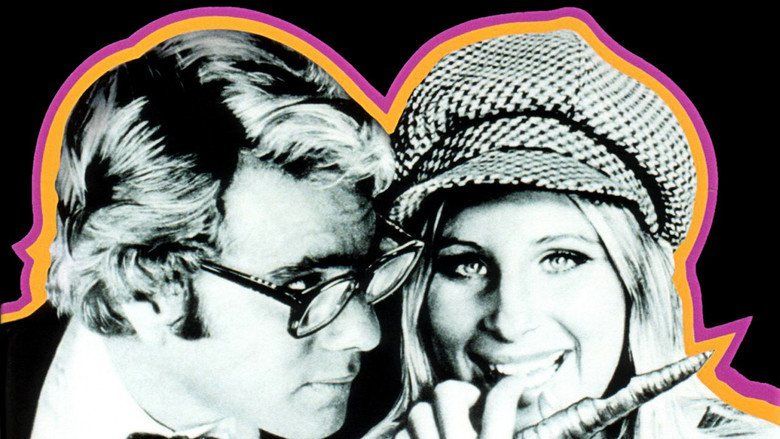
In the end, everything is cleared up: Howard gets his rocks back, Mrs. Van Hoskins pays the considerable damages in Howards name with the reward money he would have received for the return of her jewels, the hotel thieves are forced to flee the country and the papers are put back in the hands of the government. Judy exposes Simon as a fraud and plagiarist (thus getting Howard the grant), Eunice leaves Howard for Larabee, and Judy announces she is taking one more pass at college, studying Music History at the Iowa Conservatory of Music. The film ends on a suitably romantic (and silly) note as Howard and Judy share an airborne kiss while their in-flight movie is the Bugs Bunny cartoon that gave the film its name.
Cast
The movie features a number of actors who have appeared in Mel Brooks films, including Madeline Kahn (Blazing Saddles, Young Frankenstein, High Anxiety, History of the World Part I), Kenneth Mars (The Producers, Young Frankenstein), Liam Dunn (Blazing Saddles, Young Frankenstein, Silent Movie), and John Hillerman (Blazing Saddles).
Locations
The opening and ending scenes were filmed at the San Francisco International Airport (SFO) in what was known as the South Terminal (now Terminal 1). The opening scene was filmed in the downstairs TWA Baggage Claim area. The next to last scene was filmed in the upstairs departure area beneath the arrival/departure board and at the flight insurance counter.
The San Francisco Hilton was the shooting location for the "Bristol Hotel". Part of the movie was filmed in Paramus, New Jersey.
The exterior of the hotel, where Streisand is hanging from a ledge, was shot in the Westwood section of Los Angeles.
The San Francisco setting was chosen to allow an elaborate comic spoof of the San Francisco car chase in the hit 1968 movie Bullitt. Bogdanovich claims the rousing chase sequence accounted for one-fourth of the films $4 million budget. The classic "plate glass" scene was filmed at Balboa and 23rd Avenue in the Richmond District. The director did not get permission from the city to drive cars down the concrete steps in Alta Plaza Park in San Francisco; these were badly damaged during filming and still show the scars today. At the end of the car chase, almost everyone ends up foundering in San Francisco Bay — except ONeal and Streisand, comfortably afloat in their Volkswagen Beetle. This was a play on Volkswagen print and TV ads from a few years earlier that championed the Beetles remarkable (and real) ability to float on water. During the making of this scene, the actor Sorrell Booke almost drowned in the Bay.
The final scene on board the airplane shows ONeal looking out the righthand window showing the Marina District and the (now demolished) Embarcadero Freeway.
Music
Although Whats Up, Doc? is not a musical, there is some singing and other musical interest. The song "Youre The Top" from the musical Anything Goes is sung for the opening and closing credits by Streisand and by Streisand and ONeal, respectively. The same Cole Porter musical supplied at least two other tunes played as background music: "Anything Goes" and "I Get a Kick Out of You," heard during the first hotel-lobby scene.
About two-thirds of the way into the film, Howard accompanies Judy at the piano as she sings the beginning of "As Time Goes By" (made famous in the film Casablanca). The scene includes Streisand imitating Humphrey Bogart with the line, "Of all the gin joints, in all the towns, in all the world....he walks into mine. Play it, Sam."
Musical in-jokes abound throughout the film. Over-the-top Muzak-styled elevator music featuring Cole Porters songs is used throughout the hotel elevator scenes. In the chase scene, a Chinese marching band is inexplicably playing the Mexican tune "La Cucaracha" on German glockenspiels. At the American Musicologists banquet, themes from Thoinot Arbeaus Orchesographie can be heard in the background, incongruously played on a Hammond organ and a sitar.
George Gershwins "Someone to Watch over Me" is whistled by Streisand outside the hotel drug store.
The Bugs Bunny number — derived from his characteristic tagline — that gives the movie its title appears as well, with the original animation, in the last scene. "Please Dont Talk About Me When Im Gone", an old Tin Pan Alley hit which had appeared in Looney Tunes cartoon One Froggy Evening, can be heard instrumentally during the opening scene in the airport.
Box office
In North America, the movie was a massive commercial success, grossing $66,000,000 against a budget of $4 million. It became the 3rd highest grossing film of the year, ranking behind The Godfather and The Poseidon Adventure.
The film was re-released in North America in 1973 and earned an additional $3 million in theatrical rentals.
Home video/Blu-ray release
"Whats Up, Doc?" was originally released on VHS in 1982 and made $28,500,000 in video rentals.
As part of a collectors box set, it was finally released on DVD in July 2003 and then on Blu-ray in August 2010.
References
Whats Up, Doc? (1972 film) WikipediaWhats Up, Doc? (1972 film) IMDb Whats Up, Doc (1972 film) themoviedb.org
